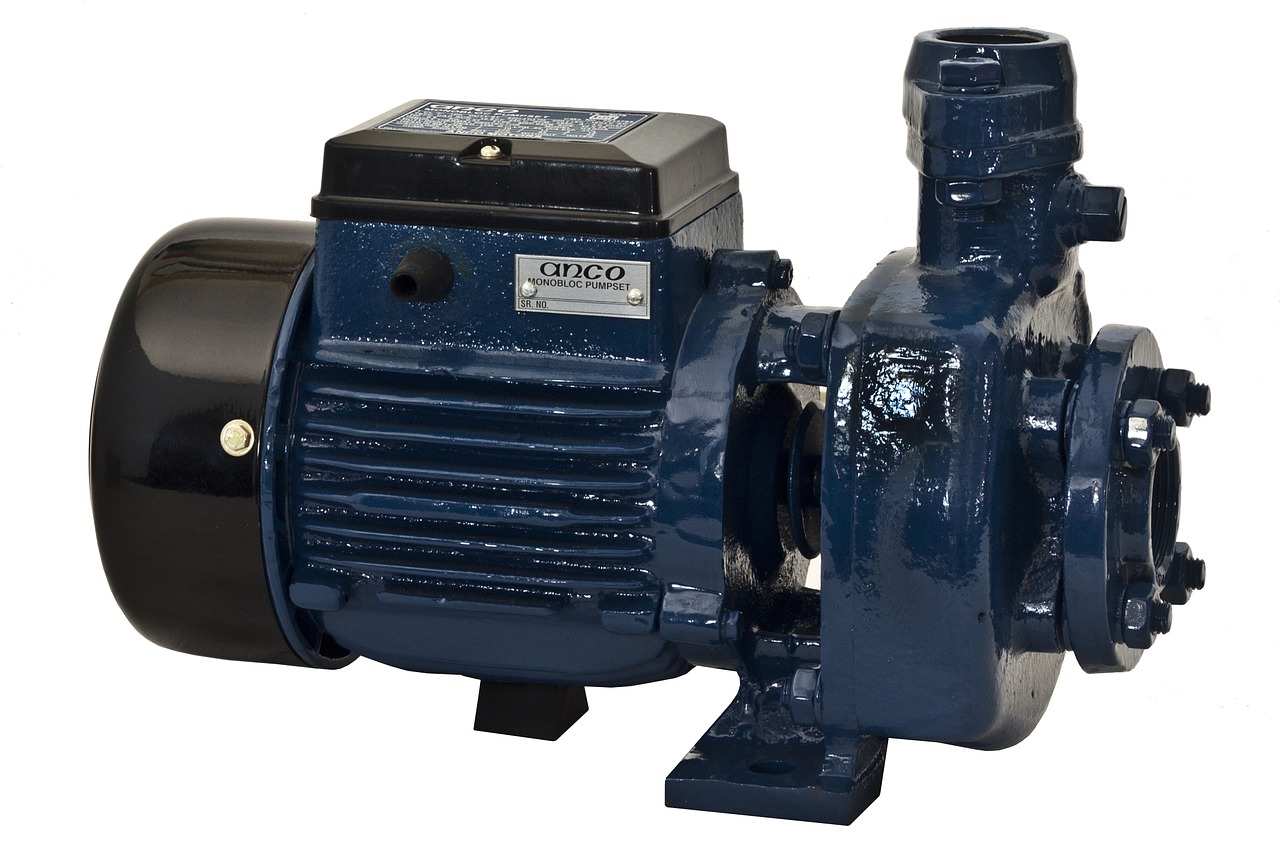
During the initial phases of human civilization, natural springs and rivers used to be the only reliable source of accessing water. Communities who got deprived of these means would find themselves entangled in a variety of diseases. So much so, even premature deaths were a common occurrence. Things kept on transforming over time, and today we have come to a point where governments ensure a transparent supply of water 24/7 to every area.
However, modern water supply systems are not entirely perfect. They also face various plumbing issues. Depending on the severity of the damage, the public might sometimes have to wait for days before the water adequately streams again. Most people think relying on the local water supply system alone could land them in deep trouble and better off having a reliable backup for water. That is where a water pump can come very handy.
Installing a water pump means your family is less likely to confront a water shortage in the long run. As time goes by, more and more people have begun to realize the importance of water pumps. It is one reason why the number of household wells is witnessing a boom. As many as nearly 44 million homes in America own a well, including some of the country’s major urban centers.
But some people complain about the constant maintenance of the submersible water pump. Well, it happens when you do not install it properly. You must take the following factors into account for the correct submersible installation pump:
- Selection of the pump
It is where most people go wrong. They end up investing in submersible water pumps without diving into their household requirements. For example, if you live in a three-bedroom house, its needs would somewhat differ from a one-bedroom home. Another common mistake people make is that they do not entertain the yield of the respective well.
Experts recommend considering the below-outlined features to avoid installing the wrong pump:
- The pump’s capacity: If the local water supply is your primary source of water, you might not be extracting the same amount of water from the well daily. In that case, you should determine how many gallons per minute of water you will require at maximum to make ends meet in the time of an emergency. Once you nailed this part, it will be easier to calculate a suitable capacity of the pump. The number of faucets in a house can help you figure out the total gallons per minute of water you can obtain.
Inspect the pump: The Internet gets peppered with eCommerce stores that allow you to order a water pump from the comfort of your home. At times, the awful shipping could inflict damage on the internal or external part of the equipment. Make sure you keenly observe the pump before commencing the installation.
- Examine the well
It is tough to keep wells on top of the cleanliness, especially when you abandon using them for months. That said, planting a water pump in well-containing debris could foster a series of mechanical hazards down the road. Moreover, the pump will provide impure water. Broadly put, a clean well is mandatory for optimal performance and the water pump’s last lifespan.
You can use a camera to find out whether the well is contaminated or not. There are also well experts out there who can do the job more professionally. As soon as the well becomes dirt-free, apply water well caps to keep the junk at a safe distance.
- Set up alarm monitoring systems
Alarm monitoring is the hallmark of a reliable water pump installation. As the name reflects, the system will keep a constant eye on the water pump and warn you when a failure creeps in. That way, you can take prompt action to deal with the problem before things get out of your control.
We can mention different monitoring alarms used as a preventive measure for the water pump. But installing all of them would be an undue burden on your budget. Sticking to the following notices will do the job quite comprehensively:
- High fluid level alarms
- Motor temperature sensor alarms
- Over and under current alarms
- Pay attention to the motor
The motor is, hands down, the most critical part of a water pump. Therefore, you must tackle it with the utmost precision. Many people use lead wires to lift the motor throughout the installation procedure. This technique causes damage to the cables, and water might make its way into the lead wires.
It is also advisable to thoroughly drill down the motor and not use it until you are sure that the unit is 100 percent free from corrosion because a corroded motor could trigger plenty of hassles.
The final verdict
If you do not have a water pump already installed in your home, you can face a water crisis at any time. As mentioned earlier, the local water supply could undergo unforeseen issues leaving you with no other alternative. Hence, it would be a wise decision to install a water pump at your earliest.
